Roof MD is one of Tennessee’s best roofing companies!
BOOK YOUR FREE ROOF INSPECTION TODAY!
Roof MD is one of the highest-rated roofing contractors in Tennessee and Georgia. Our mission is to solve your roofing issues. Whether you have a roof leak or need a complete roof replacement, we’ll provide you with the best solution, quickly.

Don’t Wait for the Next Storm – Protect Your Roof Today
CHECK OUT OUR NEW STORM WARRANTY PLAN
We know how unpredictable weather can be, and we want to ensure you’re fully prepared and protected. Our Storm Warranty covers minor wind, hail or storm repairs that may not warrant an insurance claim or fall below your deductible. Plus we offer emergency tarping, insurance claim help and more.
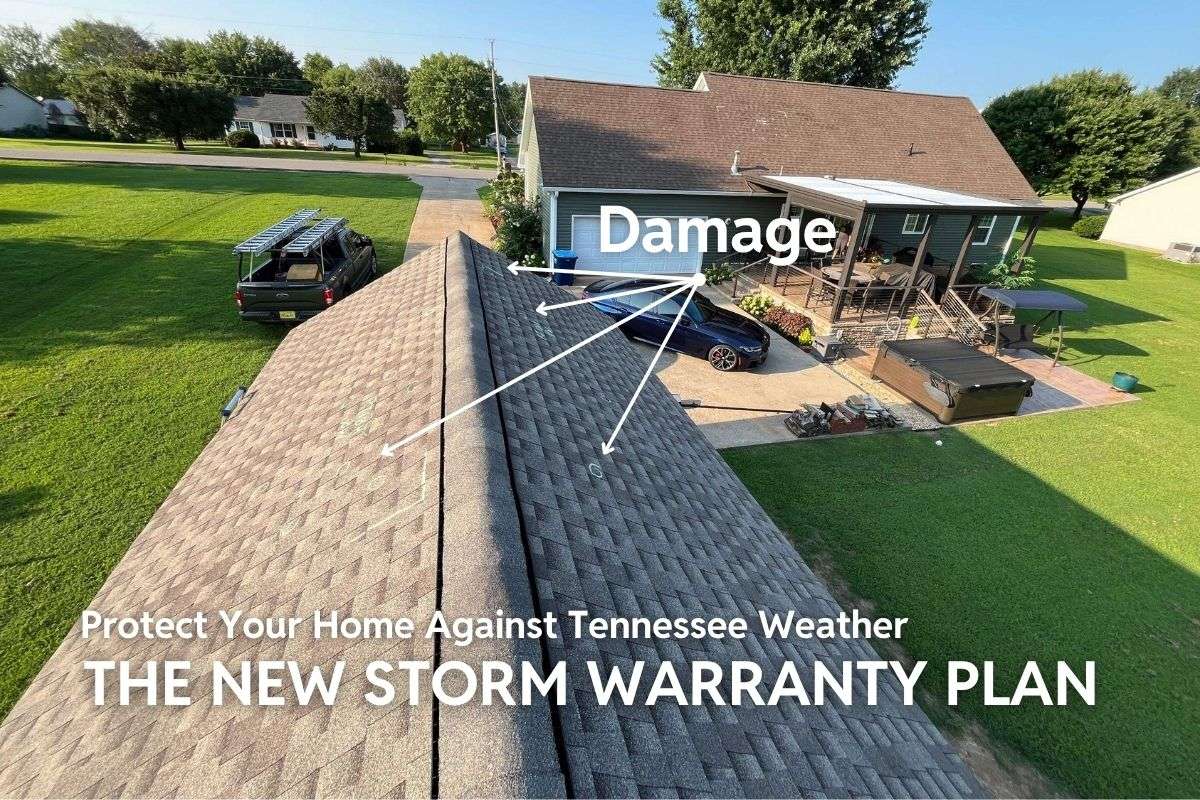
HOLIDAY CHEER YEAR-ROUND WITHOUT THE HASSLE!
WE OFFER PERMANENT HOLIDAY LIGHTING. GET YOUR FREE ESTIMATE TODAY!
Introducing our new Oelo outdoor lighting service! Imagine your home shining in vibrant colors for every holiday and season, without the hassle of setting up and taking down lights. Our permanent outdoor lighting solution makes this possible. Schedule a FREE estimate today to see how Roof MD can transform your home with lasting holiday lighting.
ROOFING SERVICES FROM ROOF MD
If your roof is showing signs of leaks or damage, it might be necessary to replace it. This will help to ensure the safety of your home and prevent costly internal damage.
Every roof gets damaged over time due to weather and debris. We will assist you in identifying the leak and repairing all the underlying damage to make it as good as new.
Tennessee’s storms, high winds, and hail can cause hidden roof damage that gets costly. We offers a Storm Warranty, giving homeowners peace of mind and expert storm protection.
Ready to upgrade your gutters? Whether you need a replacement or a new install, we’ve got you covered. Our seamless gutters and large downspouts are built to last and perform.
A professional roofer can provide a roof inspection service to evaluate your roof’s current condition and suggest potential solutions.
Roof MD is here to assist you with understanding roof insurance claims and storm damage. We can provide you with all the information you need.
Roof MD is thrilled to announce that we’ve been honored with
the 2025 EXCELLENCE Award!
As an Owens Corning Roofing Platinum Preferred Contractor, this award showcases our dedication to providing top-notch, customer-focused roofing solutions for homeowners across Tennessee. We’re proud to bring reliability and quality to every roof we touch!
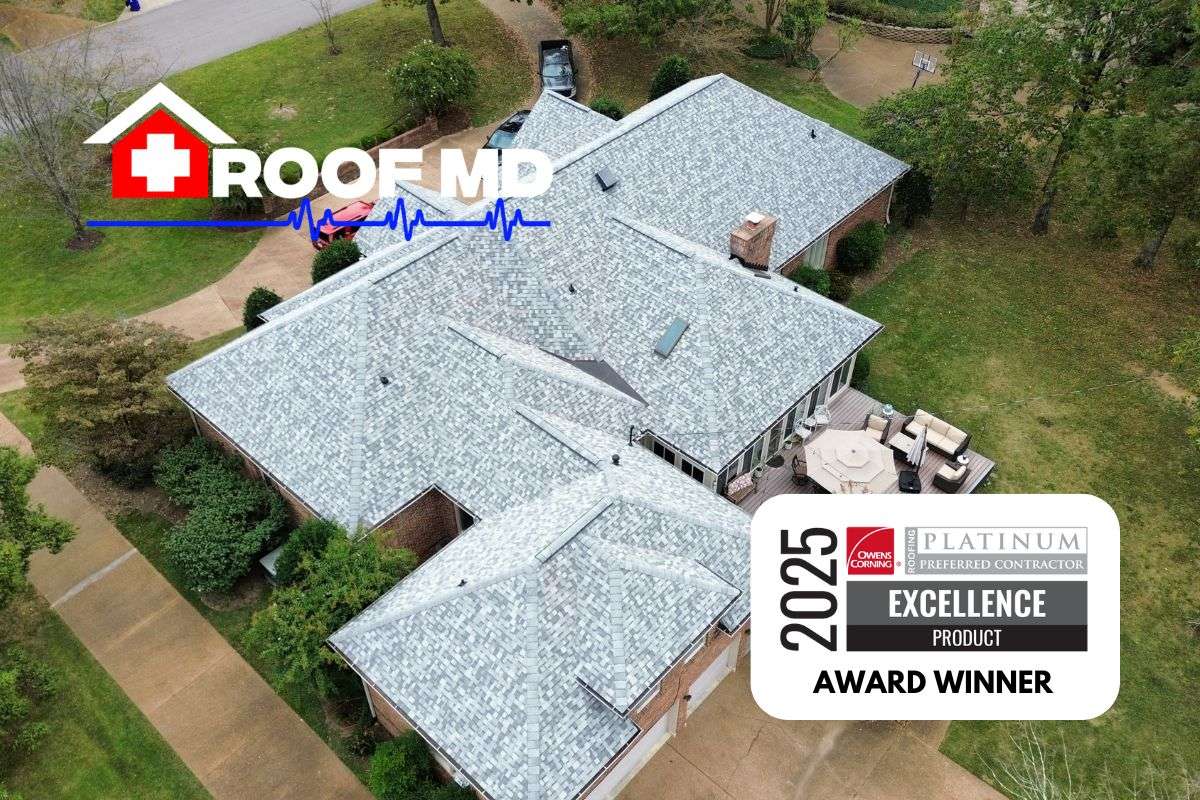
TRUSTED BY THE TOP PROFESSIONALS IN TENNESSEE & GEORGIA
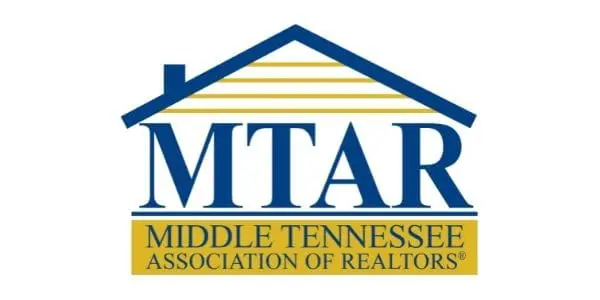


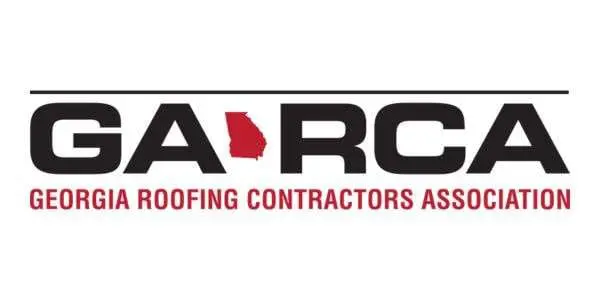
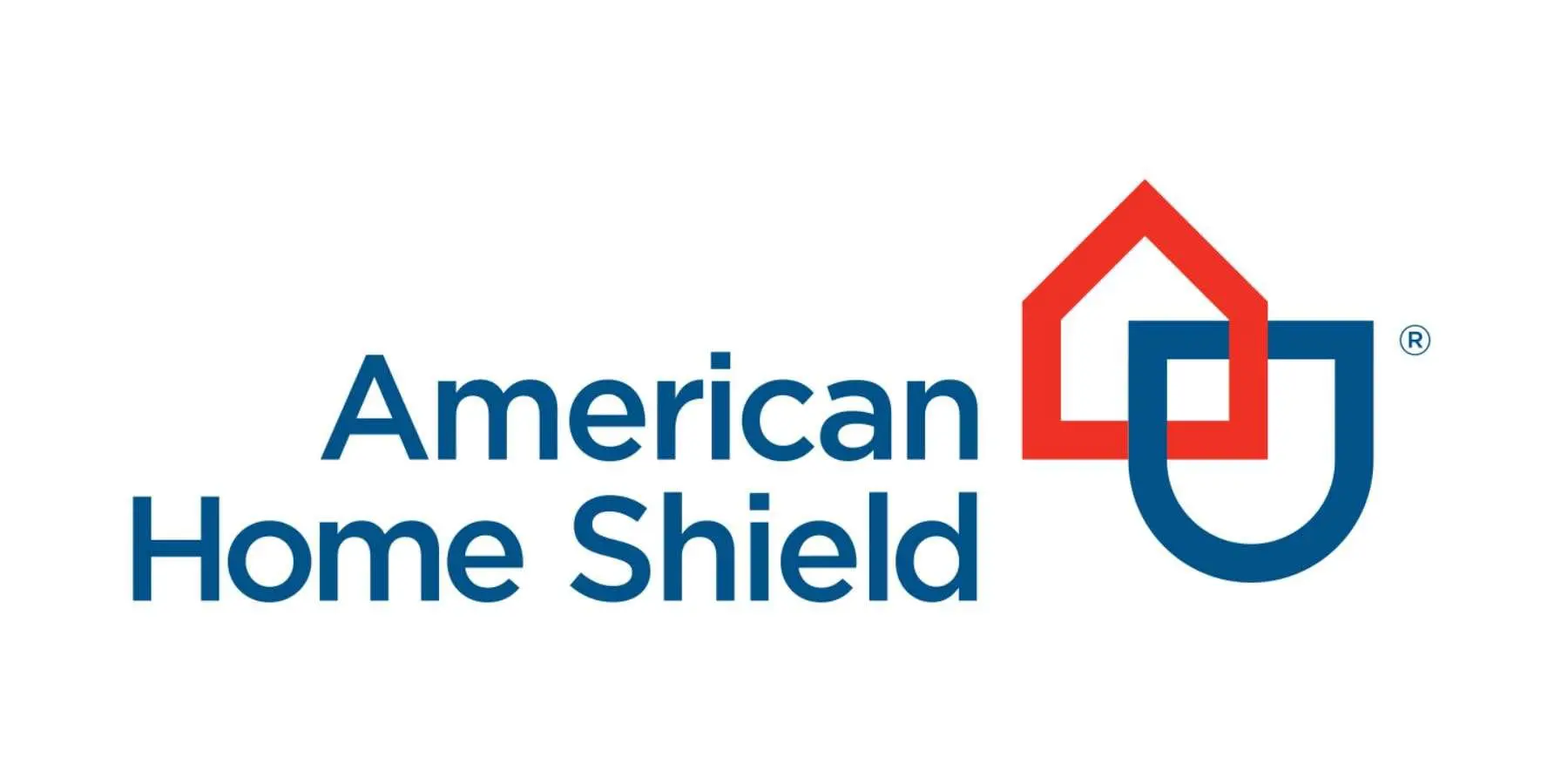



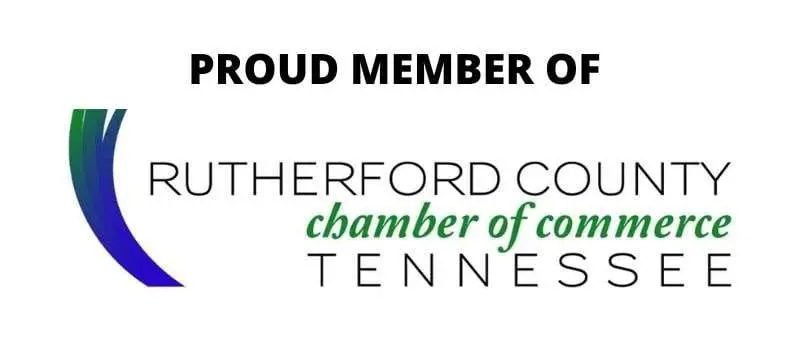
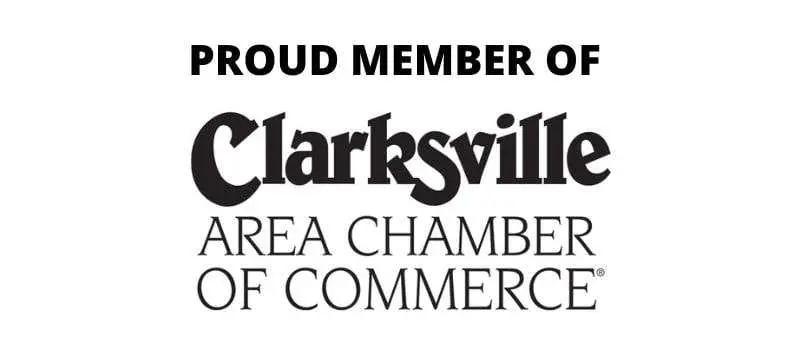

Fill out a quick form, and we’ll contact you to set up your free roof inspection and answer your questions!
OR CALL US TOLL-FREE at 866-601-2408
Exciting news—we’ve been nominated in this year’s CommunityVotes Murfreesboro campaign as one of the top roofers in the area!
This nomination is extra special because it reflects your trust and support for the work we do every day to protect your homes. Now, we need your help to take it one step further!
If we’ve earned your trust and you’ve seen our dedication firsthand, please consider voting for us in the Roofing and the Roofing, Siding, and Soffits categories. Every vote brings us closer to this incredible milestone, and we couldn’t have made it here without YOU.

